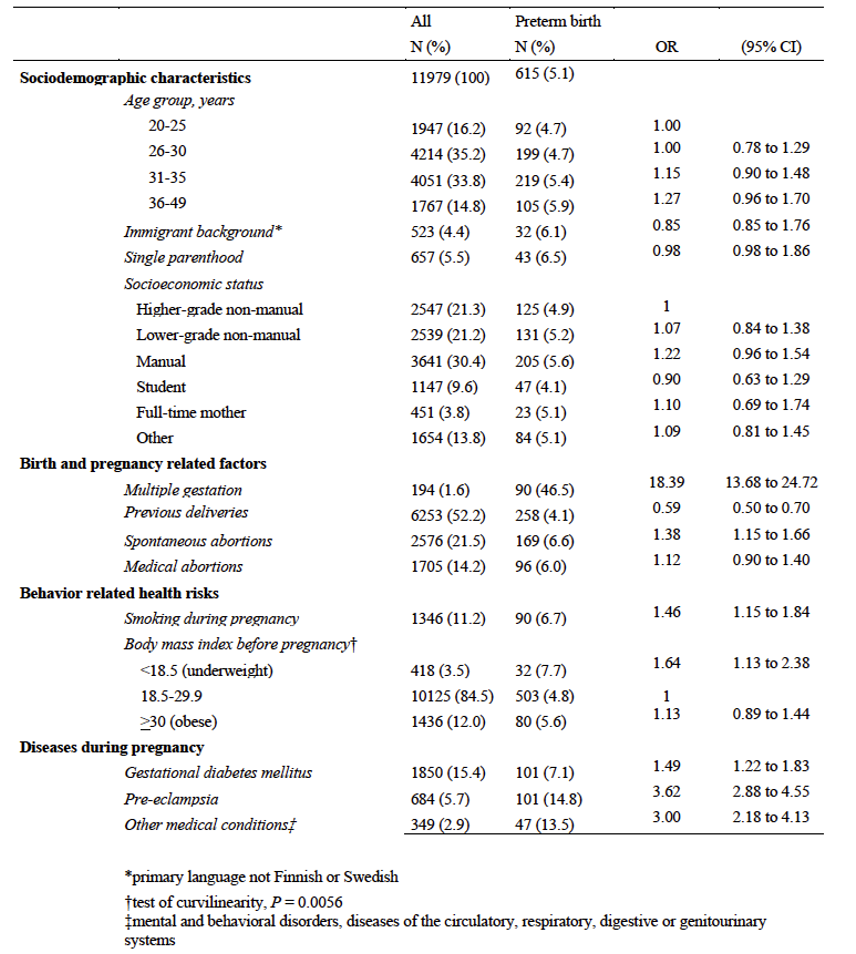Health Equity/Social Determinants of Health
Health Equity/Social Determinants of Health 8
569 - Maternal Cumulative Exposure to Neighborhood Socioeconomic Disadvantage and the Risk of Preterm Birth
Publication Number: 569.412

Samuli Rautava, MD, PhD (he/him/his)
Assistant Professor
University of Helsinki
Helsinki, Uusimaa, Finland
Presenting Author(s)
Background:
The etiology of preterm birth, a major cause of childhood mortality and morbidity, is poorly understood. Uncovering its social determinants would be of great benefit to health policy makers.
Objective: To investigate the association between maternal cumulative exposure to neighborhood socioeconomic disadvantage and the risk of preterm birth.
Design/Methods:
Maternal 20-year cumulative exposure to neighborhood socioeconomic disadvantage based on household income, education and unemployment rates and preterm delivery risk were assessed in an unselected, population-based cohort of all deliveries in Southwest Finland in 2008-2010.
Results:
Altogether 615 (5.1%) of the 11,979 pregnant women delivered preterm. The associations between maternal characteristics with preterm delivery risk are presented in Table 1 and their associations with neighborhood disadvantage in Table 2. Cumulative exposure to neighborhood socioeconomic disadvantage over 20 years preceding delivery was associated with increased occurrence of preterm delivery (Figure 1). After adjusting for confounding or mediating factors, the risk of preterm delivery was significantly increased in the women with the highest cumulative exposure to neighborhood disadvantage as compared to the women who had lived in the most affluent neighborhoods; OR 1.47 (95% CI 1.05 to 2.05).
Conclusion(s): Maternal exposure to neighborhood socioeconomic disadvantage is associated with increased risk of preterm birth after adjusting for individual-level risk factors. Improving the health and well-being of women in deprived neighborhoods may be an important means to reduce the risk of preterm birth and, consequently, the intergenerational transfer of health inequality. 
.png)
.png)
